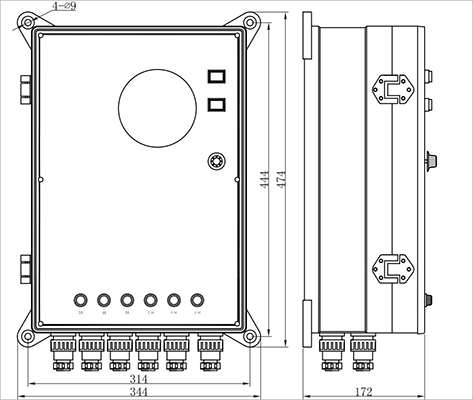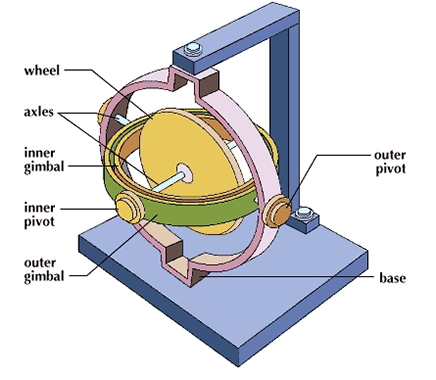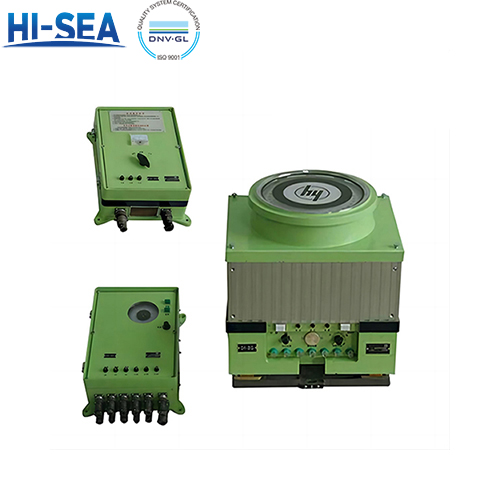
Gyro Compass
Overview
The standard & authentication: GB/T4300-2007; approved by CCS
Features of Gyro compass
Stable and reliable.
Easy operation: With just one switch and one operation, the entire startup process is automatically completed.
Quick and stable startup: Initial deviation is around ±30°, and the gyro compass can stabilize within 0.7° in about one hour.
High precision: Accurate compensation for drift on the gyro's vertical and horizontal axes, with latitude errors automatically compensated by the integrator. The instrument is small in size, light in weight, and can be installed on the bridge or in the chart room. The main gyro compass can also be installed in combination with an autopilot.
Convenient maintenance: Each circuit board has testing holes, the main gyro compass cover and surrounding side panels can be opened, and the gyro compass table can be lifted for easy maintenance.
Various specialized gyro compass configurations can be provided as needed.
Applications
Common on larger commercial vessels, including cargo ships, tankers, and cruise ships.
Used in applications where high accuracy and stability are critical, such as dynamic positioning systems.
Main technical parameters
Settle point error | 0.25º×secφ(RMS) |
For speed and course influences at a speed of 20 knots | ±0.25°×secφ |
Scorsby error | ±1°×secφ |
Course error on uniform speed and straight sail | ±1° |
Error due to a rapid alteration of speed of 20 knots | ±1.5° |
Error due to a rapid alteration of course Of 180°at a speed of 20 knots | ±2.5° |
Settling time | less than 2 hours |
Maximum deviation of readings between Master compass and repeaters | ±0.5° |
Life of gyroscope | more than 10000 hours |
MTBF | more than 2000 hours |
Suitable speed | 0 to 40 knots |
Suitable latitude | 0 to 70° |
Course transmitting signal | 50HZ |
Power supply fluctuating | A.C.220V±10% Frequency 50HZ±5% |
Ambient temperature | Low temperature: 0±2℃ High temperature: 45±2℃ |
The drawing of GH-IIG gyro compass
Master compass D1-IIG

Power supply box D4-IIG

Transmitter box D5-IIG

Principle of Operation
One form of gyroscope is a spinning wheel mounted so that the direction of its spin axis has universal rotational freedom. The spin allows the mass, or inertial, properties of the material in the wheel to be used continuously and thereby gives rise to a relatively large gyroscopic momentum or inertia in a moderate-sized wheel. The important property of a practical gyroscope is its angular momentum—the product of its spin and its inertia about the spin axis. This quantity is a vector, since it has both direction and magnitude. The angular momentum vector may be conveniently represented by curling the fingers of the right hand in the rotational sense of the spin, the extended thumb of the hand then pointing in the direction of the angular momentum vector. The angular momentum is nearly parallel to the spin axis in a practical gyro compass.






